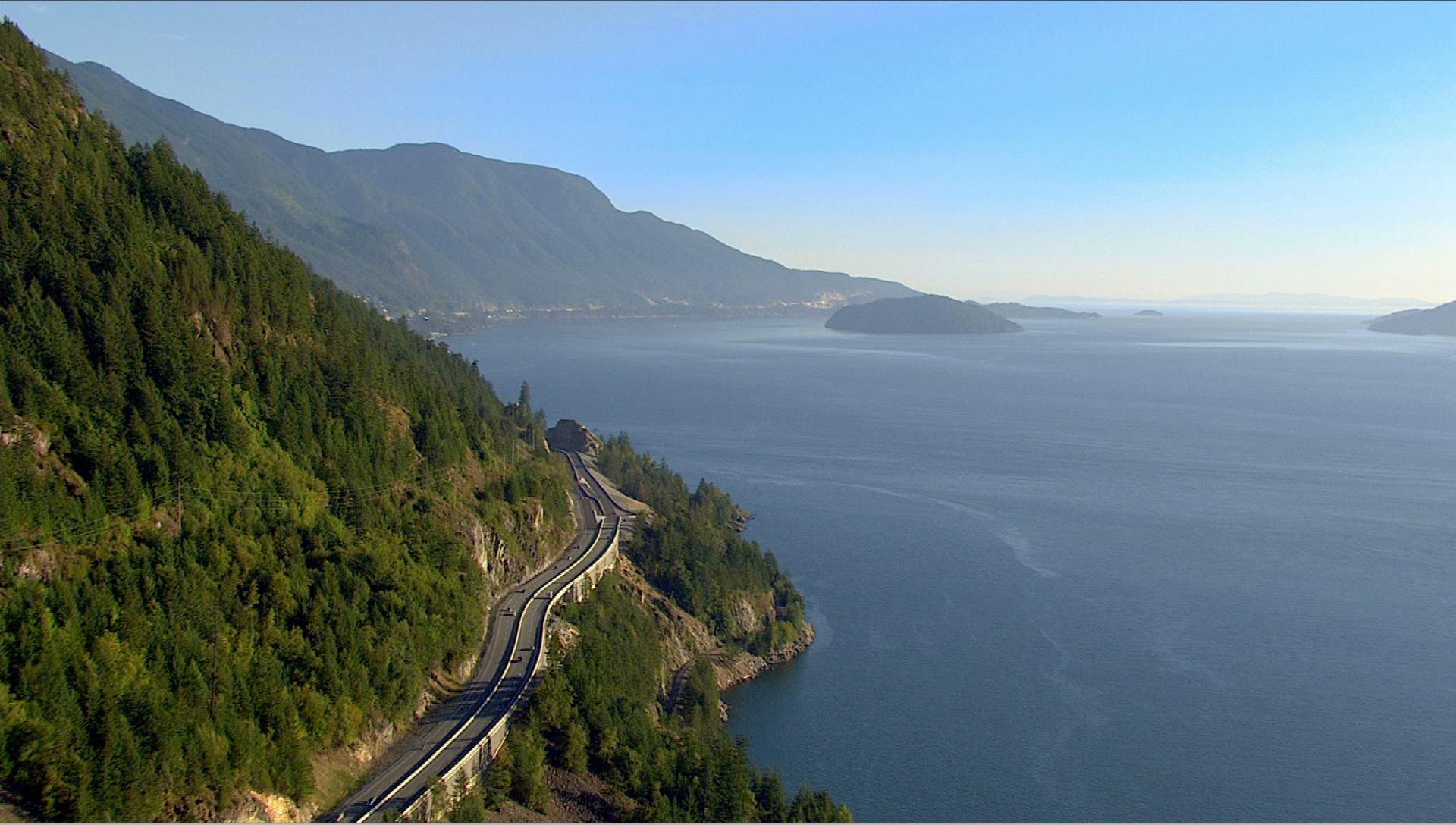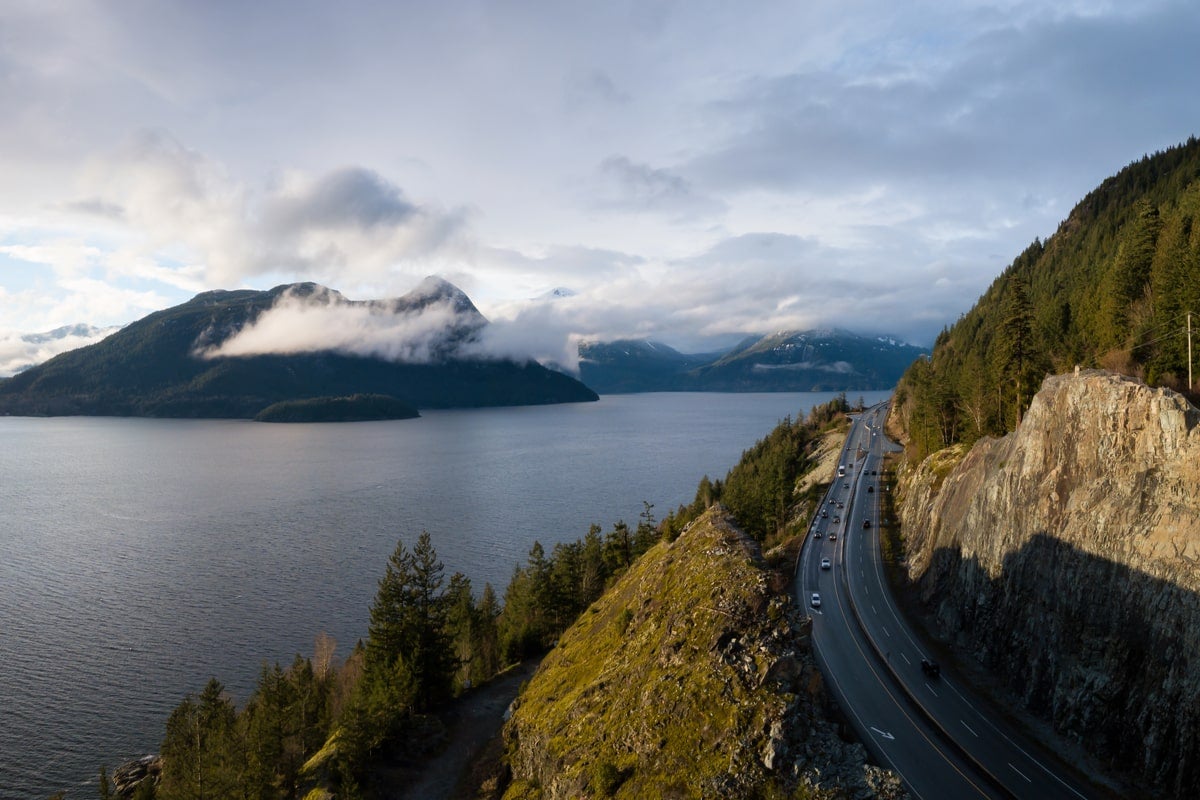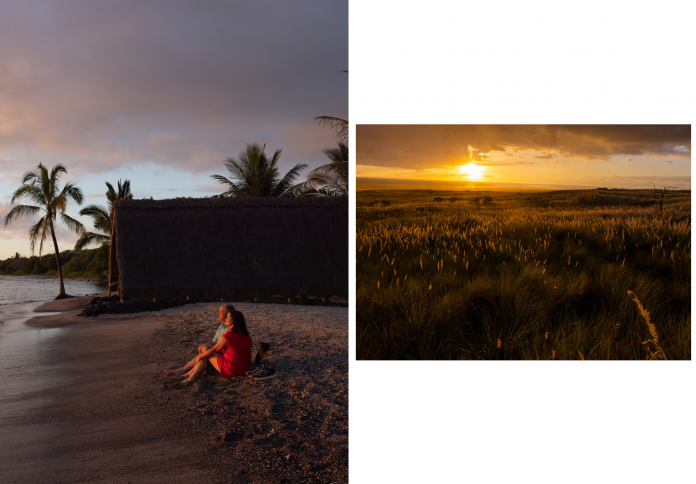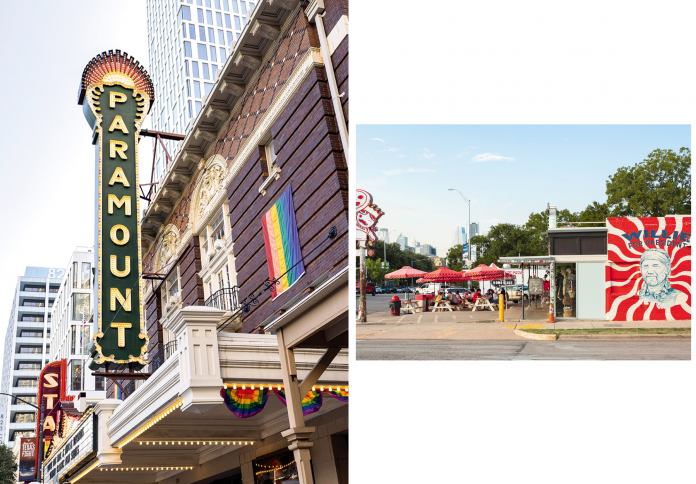In British Columbia, a journey along the Sea-to-Sky Highway is more than just a road trip—it’s a transition between worlds. Starting from the bustling cityscape of Vancouver and winding through coastal fjords, Indigenous lands, alpine meadows, and glacier-fed lakes, this 175-kilometer route to Pemberton offers travelers a moving meditation on nature’s grandeur and cultural resilience.
Where city meets mountain
The trip begins at sea level in Vancouver, where urban life hugs the Pacific. But almost immediately, the road changes. The Sea-to-Sky Highway (Highway 99) clings to cliffs as it carves along the edge of Howe Sound, one of North America’s southernmost fjords. The air thickens with salt; bald eagles soar overhead.

A short drive leads to the village of Horseshoe Bay, a ferry port framed by towering evergreens. Here, the city’s hum fades, replaced by the low rhythm of waves against rock. The journey isn’t just horizontal—it climbs, gradually ascending through ancient forests where cedars have stood for centuries. This stretch from sea to summit forms the spine of British Columbia’s mythic landscape.
Squamish: Where eagles and climbers converge

Halfway along the route, the former logging town of Squamish has reinvented itself as a mecca for outdoor adventure. Set against the mighty Stawamus Chief, a granite monolith beloved by rock climbers, Squamish is also revered by the Indigenous Skwxwú7mesh people, who view the Chief as a spiritual being.
In winter, this area hosts one of the world’s largest congregations of bald eagles. Visitors can kayak through estuaries or hike to waterfalls, always with the feeling that the land is not just seen—it is watching back. Beyond its natural splendor, Squamish offers a glimpse into the intersection of environmentalism and Indigenous stewardship, where conservation and cultural tradition are intertwined.
Whistler: Beyond the slopes

Further north lies Whistler, a resort town famed for its ski slopes and mountain biking trails. But behind the adrenaline-fueled activities is a quieter history. The Squamish Lil’wat Cultural Centre tells the stories of the region’s first peoples, offering everything from drum-making workshops to guided forest walks led by Indigenous interpreters.
Even off the slopes, Whistler rewards slow travelers. Summer transforms the ski town into a wildflower-strewn wonderland, with hikes leading to glacial lakes the color of melted turquoise. This is a landscape forged by ice and fire—volcanoes and glaciers—and it wears its past like a badge on every mountaintop.
Pemberton: Fields, horses, and hot springs
The Sea-to-Sky Highway ends in the wide valley of Pemberton, where the terrain softens into farmland beneath the jagged Coast Mountains. Known for its potatoes and slow-paced life, Pemberton is the kind of town where horses outnumber cars and waterfalls tumble down in silence.
Nearby lies the N’Quatqua community of the St’át’imc Nation, whose traditions shape this land as surely as the rivers and ridges. Travelers can detour to natural hot springs, take part in Indigenous-led fishing or foraging tours, or simply sit beside the Lillooet River, watching time unfold at a different pace.
Pemberton is a fitting end to the journey—not dramatic like the fjords or towering like Whistler, but grounded, rooted. A place that whispers rather than shouts.
Driving toward deeper understanding

The Sea-to-Sky Highway is a marvel of engineering, but its real power lies in how it reframes the idea of a road. This isn’t a route designed for speed; it’s meant for reflection. As travelers move from sea to summit, they are also moving through stories—those of glaciers and forests, of ancient songs and modern cities.
British Columbia’s most scenic highway reminds us that the land holds memory. To drive it is not just to witness beauty, but to feel part of something enduring. It is, at its core, a road trip through time.










